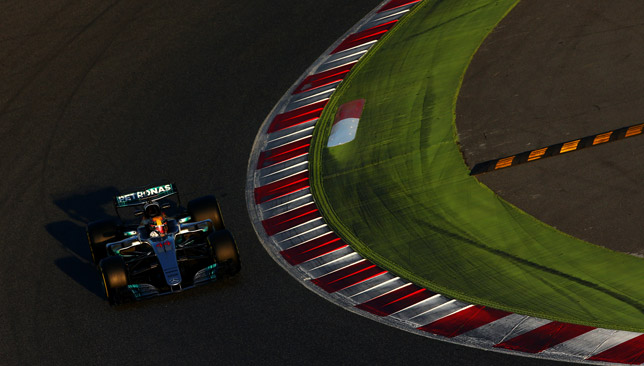
It has ever been thus but quicker cars has been at the core of the rule changes deliberated over long and, at times, acrimoniously, before being put in place for the opening race of 2017 at Melbourne’s Albert Park.
The cars will be quicker – much quicker in fact at five seconds a lap faster than their 2016 predecessors – and much of that has come as a result of pressure from drivers, who for some years have been pushing for more beast-like machinery at their disposal.
So what’s been done to get to this more pacey point? For one, the cars are two metres wider – their widest since 1997 – the tyres are wider by 60mm at the front and 80mmm at the rear, the rear wings are lower and the rear diffuser is bigger and longer, plus the cars are heavier by 25kg.
In part, that means the drivers can be heavier – by about as much as 5kg – so that physically they are capable of tackling this newly discovered brute force.
Understandably, the drivers are happy. As Sebastian Vettel put it: “From a driver’s point of view it’s better pretty much everywhere. Braking is better, cornering is better, you’ve got much more grip. It’s a different animal, a different beast.”
But the issue with creating greater speed is that overtaking – forever F1’s bug bear – may yet be harder than last year in which it was hardly rife. And that’s where the sport pays the price.
For Hamilton, it is the great unknown: “It is now worse to follow another car. I don’t know how that will work out in a race.”
Basically, the technical regulation changes mean the cars might be slightly slower on the straights but they will be infinitely quicker in the corners and also wider, which means regrettably that overtaking may well be at a premium from the outset of the season start.
Beast!!!!!! @MercedesAMGF1 pic.twitter.com/fqEJeveshR
— Lewis Hamilton (@LewisHamilton) February 23, 2017
So what of the other new-for-2017 alterations?
Teams can now just use four power units for the course of the season and the cost of each unit has been reduced by $1m each in a bid to help the financial strugglers on the grid.
Plus there are new tyres from Pirelli, which will improve their durability, which was something drivers repeatedly moaned about. But that too comes at a price – more durability means less pitstops and hence less uncertainty.
Going into Melbourne, there is uncertainty as to how all the new rules with properly manifest themselves on the race track. Only time will tell.